Read and Learn More About Pests
Types Of Termite Control Termites cause damage in more than 600,000 homes in the United States alone. (Source: USDA)
Termites cause damage in more than 600,000 homes in the United States alone. (Source: USDA)
 Americans spend at least $1 billion annually on Formosan termite control and repairs. Some experts put this estimate closer to $2 billion. (Source: USDA)
Americans spend at least $1 billion annually on Formosan termite control and repairs. Some experts put this estimate closer to $2 billion. (Source: USDA)
![]() Every year, termites cause about $40 billion in damage globally. (Source: USDA)
Every year, termites cause about $40 billion in damage globally. (Source: USDA)
Types of Termite Control
Termites are one of the main sources of residential property damage in the United States. Residential termite control can be challenging. Termites can squeeze through very thin cracks in cracks in slabs or the foundation. And once in, they occupy hard-to-reach areas, moving between the foundation and brick veneer and traveling behind stucco applied to the exterior. If they find their way inside a wall or under carpeting, they can seriously damage the home before anyone notices.
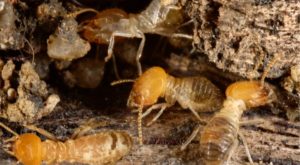 Even more unsettling, most homeowner’s insurance policies don’t cover the serious destruction they cause. Different types of treatments are necessary to tailor to the various termite species causing problems. And removing the termites themselves is half the battle – the other half is beating them to the punch before they eat a significant amount of wood in your home.
Even more unsettling, most homeowner’s insurance policies don’t cover the serious destruction they cause. Different types of treatments are necessary to tailor to the various termite species causing problems. And removing the termites themselves is half the battle – the other half is beating them to the punch before they eat a significant amount of wood in your home.
That’s why many people opt for new homes that are treated to repel termites. Pretreats, or pre-construction treatments, are applied either before a house is built or during construction. Historically, homes have been pretreated with liquid termiticides. Another option available today is a borate solution applied on the framing lumber. Today, termite bait stations and physical barriers of sand, gravel, plastic, or wire mesh are often inserted into the soil.
It is more common for homes and businesses to be treated after they have been erected.
Treatments against subterranean termites are done for two reasons — to stop termites from damaging a home or to prevent them from attacking it. Preventative treatments are usually administered to the entire house.
Treatments to the entirety of the property are often called complete treatments. Sometimes complete treatments are performed when termites have already affected a property, but if the house or building is very large, professionals may choose a spot treatment over a targeted area, or a larger section (known as a partial treatment).
Post–construction treatments often involve liquid termiticides. These are applied to the soil under a home and around the foundation to protect against subterranean termites. Professionals apply liquid termiticide a machine that turns the liquid into foam so it can be easily spread the underneath the building.
Types of Termites
To really understand what you need to combat a termite infestation, it helps to familiarize yourself with the three main groups of termites that can affect your home. They are drawn to different areas and generally require different types of treatment.
Drywood termites are aboveground termites found along the West Coast, the Florida Gulf Coast, and in the Southwest desert. They seek out an ideal wood source rather than moisture or proximity to the ground. Drywoods often infest decaying trees and landscaping, fencing, and utility poles. They cause real damage by consuming structural wood or furniture. Sometimes pest control technicians fumigate a property with gas to deal with this species. Other times, they can treat the affected areas with termiticide or heat.
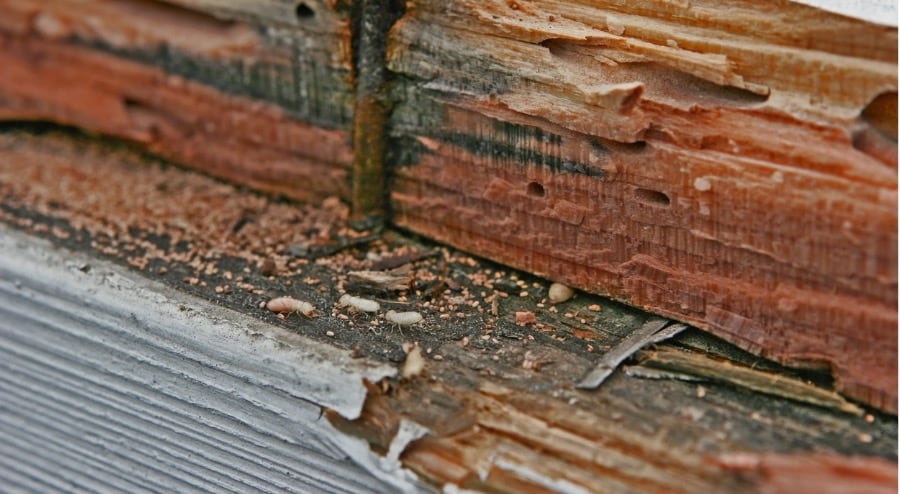 Dampwood termites are not as destructive as other species near the ground, but they do require a different strategy. They are much larger than drywoods and seek out damp, moist areas. While they like to colonize near decaying wood in contact with the ground., the nests themselves aren’t in the soil. A dampwood infestation can be addressed with a termiticide application and by removing the moisture source.
Dampwood termites are not as destructive as other species near the ground, but they do require a different strategy. They are much larger than drywoods and seek out damp, moist areas. While they like to colonize near decaying wood in contact with the ground., the nests themselves aren’t in the soil. A dampwood infestation can be addressed with a termiticide application and by removing the moisture source.
The larger termite issue problem in most residences is the most common variety known as subterranean termites. These termites dwell and build nests underground in every state except Alaska. They invade most often and cause the most damage.
Subterranean termites generally enter homes through places where wood comes in contact with the ground. They build mud tubes to travel between human residences and their underground colonies. They can also squeeze through very small cracks. The most destructive variety of termites, they can be repelled with termiticide and with monitoring and bait stations.
Methods of Termite Treatment
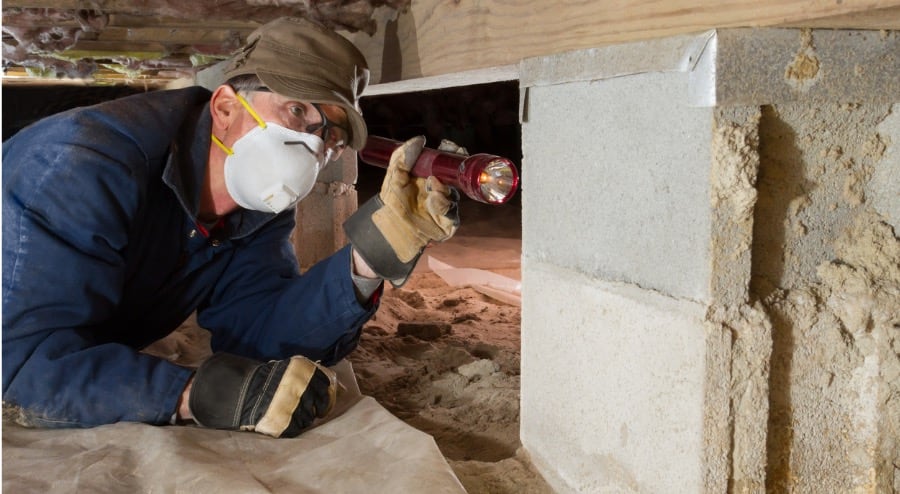
There are several main methods of addressing termite issues:
Monitoring and bait stations are strategically placed at key points around your property to determine the extent of termite activity. Once confirmed, bait stations are set up to attract termites. These stations house chemical materials that termites ingest and carry back to the colony, spreading them to the termite colony and decimating it at its source. This control method is often best when dealing with larger populations.
Gas fumigation is primarily used to control drywood termites. Gas can reach termites living deep within a property. Fumigants permeate throughout the home and disrupt a termite metabolisms as soon as the insects inhale. Usually, humans and pets must vacate the building and stay away for a few days. Scientists are testing common substances like carbon dioxide in hopes that safer materials can be used for termite fumigations.
Heat treatments, administered by a trained specialist, use a special, large-capacity heat blower to raise the heat of targeted areas of a property to between 120 –140 degrees Fahrenheit. This kills off any termites dwelling within the wood structures.
Termiticide applications to surface of compromised wood or into soil around the home help remove current termite populations and prevent the property from being infested again. They can also be injected directly into wood to more closely target termite populations.
Removing moisture takes away what termites need to survive. Promptly fixing leaks and other plumbing issues keeps everything properly drained. Removing wood that is in direct contact with the ground and using pre-treated wood will prevent wood decay and wood rot
Replacing damaged wood is an easy way to eliminate small infestations. Termites can even be eliminated from small articles by placing the item in a freezer for a few days.
General Termite Treatments
Non-chemical treatments
There are ways to keep out termites without insecticides. For example:
One such method is a physical barrier, typically incorporated during construction.
Steel mesh and sands of particular sizes have been shown to perform effectively as physical barriers against termites. Biological control agents like nematodes and fungi have also shown to work, particularly in laboratory settings.
Many natural insecticides on the market are successful at killing exposed termites. Their active ingredients include rosemary oil, oil of wintergreen, and citrus extracts like orange oil or limonene. Some of these products are aerosols, so they can be injected into galleries in wood where termites are active. Others can be applied to the exterior foundation. Yet not many of them are an effective soil barrier to protect the entire home.
Chemical Treatments
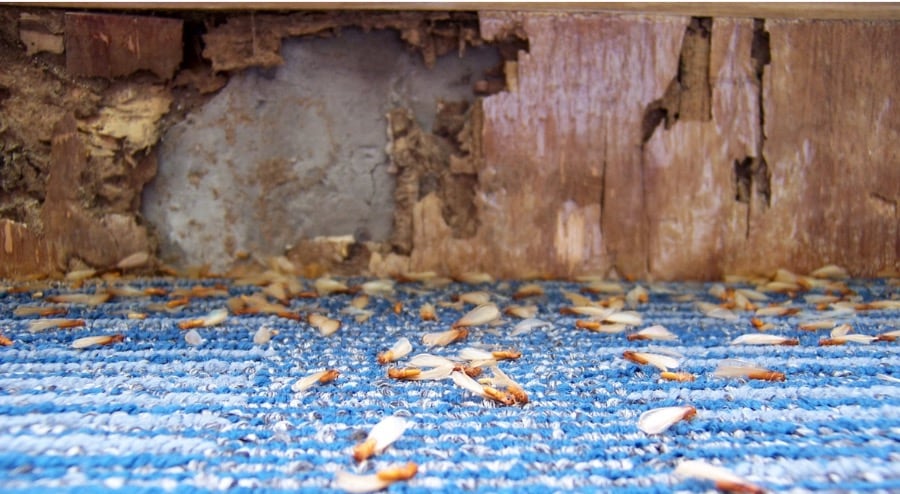 Before a company can sell or distribute any pesticide in the United States, other than certain minimum risk pesticides, the Environmental Protection Agency must review studies on it to ensure that it there is no unreasonable risks to human health or to the environment. Once the EPA has made that determination, the agency licenses or registers it for use in strict accordance with label directions. Pesticides used to prevent or treat termite infestations are called termiticides. Most of these must be shown to provide structural protection before they are officially registered. Usually, only trained pest management professionals can apply termiticides.
Before a company can sell or distribute any pesticide in the United States, other than certain minimum risk pesticides, the Environmental Protection Agency must review studies on it to ensure that it there is no unreasonable risks to human health or to the environment. Once the EPA has made that determination, the agency licenses or registers it for use in strict accordance with label directions. Pesticides used to prevent or treat termite infestations are called termiticides. Most of these must be shown to provide structural protection before they are officially registered. Usually, only trained pest management professionals can apply termiticides.
At this writing, EPA-approved chemical treatments include termite baits, wood treatments, liquid soil-applied termiticides, and building materials impregnated with termiticides. There are two common forms of termite treatment:
Conventional barrier treatments applied to the soil are the most common technique for treating termite infestations. Termiticides must be specifically labeled for this use. But if not conducted properly, attempting to treat a home yourself can contaminate not only the property but nearby drinking water wells… and will not affect the termites. For that reason, it is important to hire a pest management professional who is licensed and trained to take proper precautions.
Termite baits with slow-acting poison have sprung up in recent years to help reduce the overall use of insecticides and their impact on human health and the environment.
Wood treatment methods use borates – a common protective spray-on application used during home building.
DIY Termite Control
Be aware that termite control products online may not be legal for you to purchase. The most common online product sold for termite control is the liquid soil treatment and the homeowner sometimes will try to perform liquid soil treatment with equipment at hand.
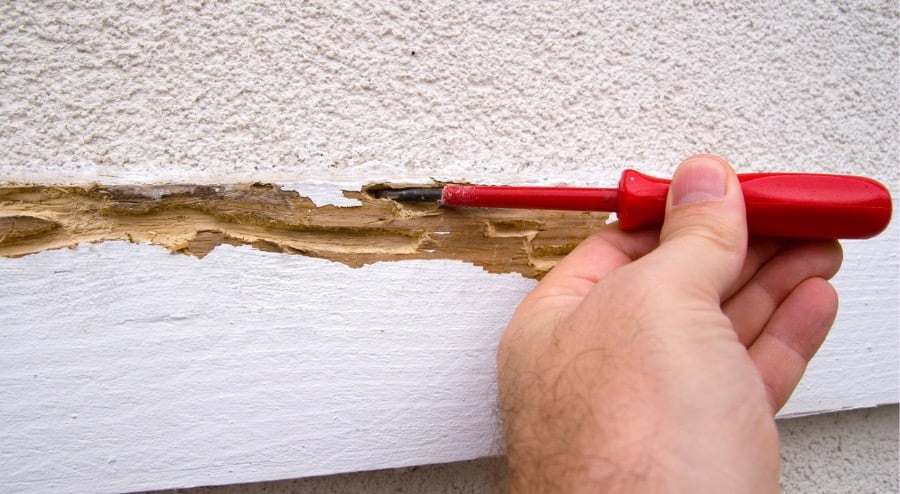 There are also retail stores specializing in pest control either freestanding or as part of a hardware store. The store staff can usually provide advice so that the homeowner knows what they can and can’t do. Many of the over-the-counter products specifically state that the use of the product is supplemental and that a professional should be contacted.
There are also retail stores specializing in pest control either freestanding or as part of a hardware store. The store staff can usually provide advice so that the homeowner knows what they can and can’t do. Many of the over-the-counter products specifically state that the use of the product is supplemental and that a professional should be contacted.
The sheer amount of equipment needed to apply liquid soil treatments makes it nearly impossible for amateurs to attempt. Tanks, pumps, hammer drills, and industrial safety equipment are not easily available to the general public. Baiting requires both specialized augers and a formal monitoring program. Infested wood needed for wood treatment is not readily visible. And for drywood termites, it is not possible for anyone but a licensed as a pest control technician to fumigate.
Termite Prevention
Before summoning the professionals, property owners can take a few measures on their own to prevent future attacks. Carefully inspect your house for easy points of entry. Structural wood that makes contact with the ground, and siding or stucco that extends into the soil, gives can also termites easy access. In flower beds against the house, both mulch and soil higher than the slab can make the area comfortable for them. Many experts recommend raking mulch 12″ away from the foundation. Firewood piles should be raised off of the ground and stored as far from the house as possible. Landscape modifications — making sure siding does not extend into the soil — can help prevent an unwelcome home invasion.
Termite control is a specific skill set that is outside the expertise of most do-it-yourselfers. Because extensive damage can occur so quickly, it is imperative to first find any ways in which you are unwittingly granting them free access to your home. But with careful thought and planning, you can truncate your termite issue at the source and be a savvy pest control consumer.
More Pest Control Solutions
Read Reviews
Read reviews by other customers like you.
Research
Tips and articles to help you select a pest control provider.
Find Providers
Find a qualified pest control provider in your area.

